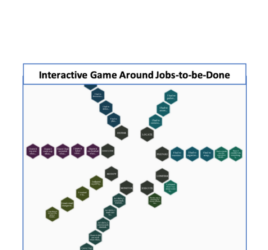
The Patient Engagement Capacity Model: What Factors Determine a Patient’s Ability to Engage?
This month we feature an article by C.J. Sieck, et al, The Patient Engagement Capacity Model: What Factors Determine a Patient’s Ability to Engage? Writing in the New England Journal of Medicine Catalyst, Sieck et al start their article describing the “Promise and Challenge of Patient Engagement” and then proceed to present their “Engagement Capacity Model.” This article comes at an important time in the evolution of population health strategies. Population health is rightly expanding to consider populations across risk-levels and not only direct health factors but broader causes such as social determinants of health. One key across all these approaches is how to get participants who would most benefit from the specific program to engage enough to get the desired outcomes.
The four elements of the Sieck Patient Engagement Capacity model include:
- Self-efficacy (confidence)
- Resources
- Willingness
- Capabilities (Skills)
Sieck and her colleagues lay out an elegantly simple way to conceptualize an individual’s (or community’s) capacity to adopt and sustain health promoting behaviors. With self-efficacy as the core attitude leading to willingness to creatively use available resources to accomplish this goal, Sieck, et al’s treatment around the availability of a resource can be seen as similar to the concepts around social determinants of health. The article adds the key insight that in addition to the actual resources, an individual’s willingness to use available resources and advocate for more if they are insufficient, helps determine differential outcomes.


